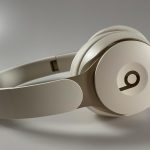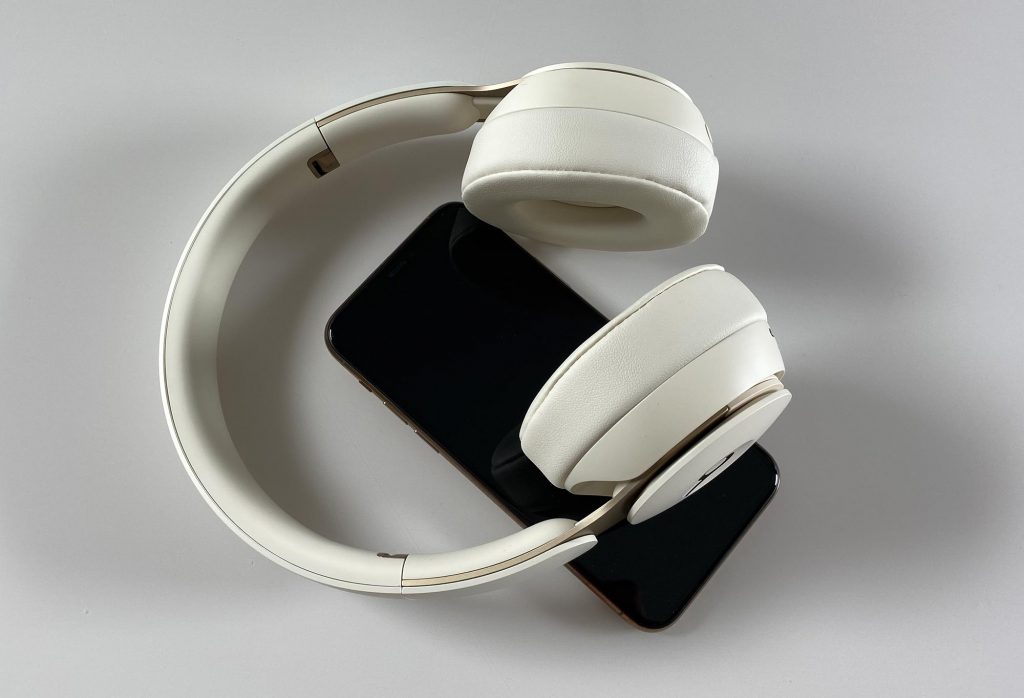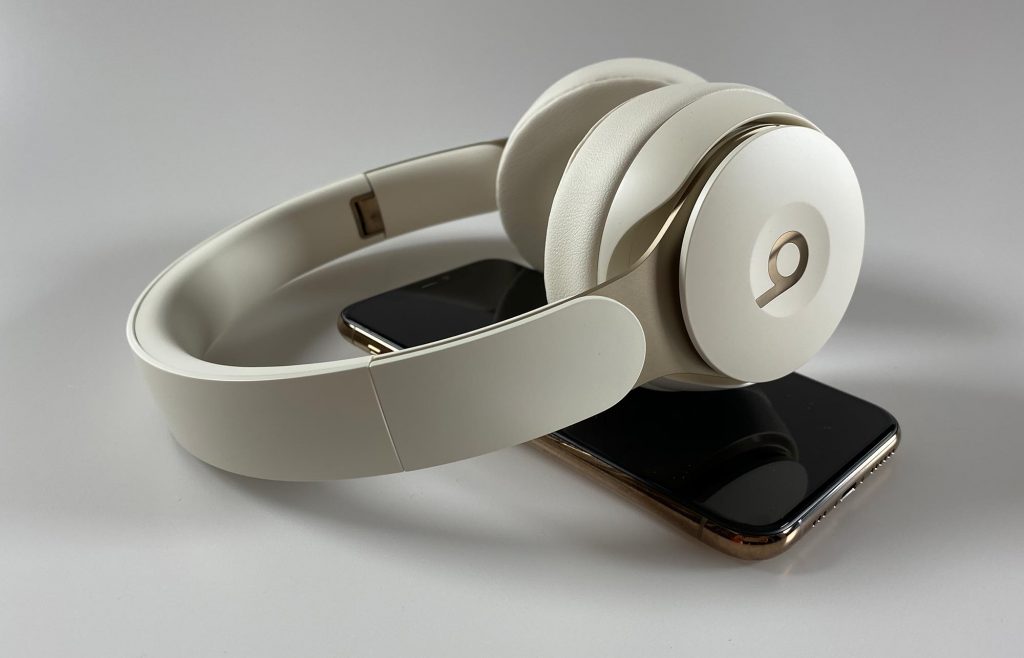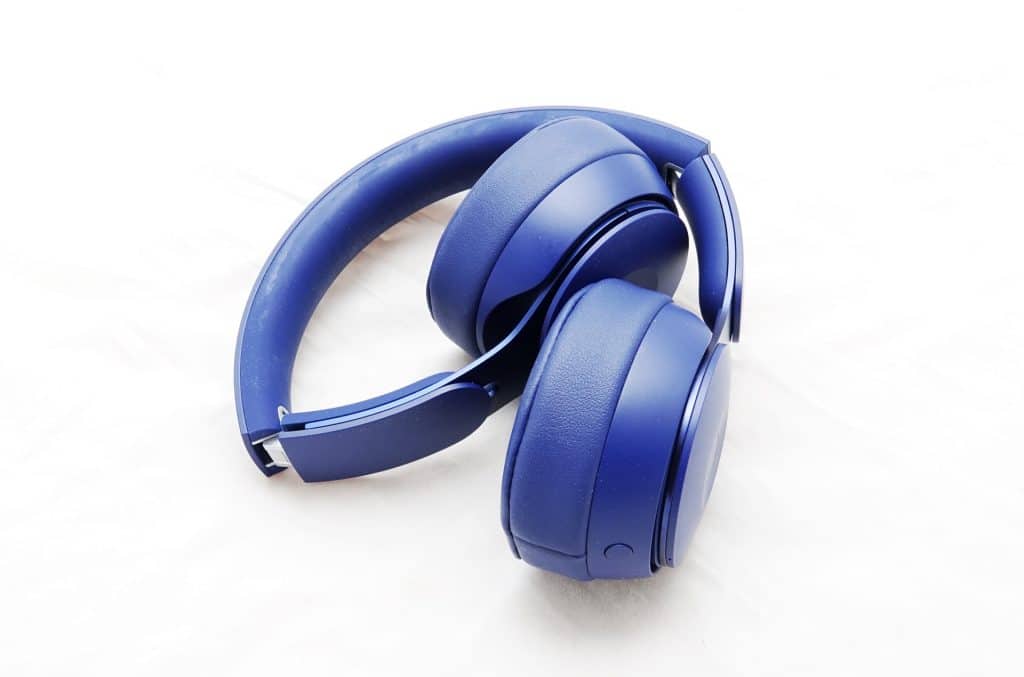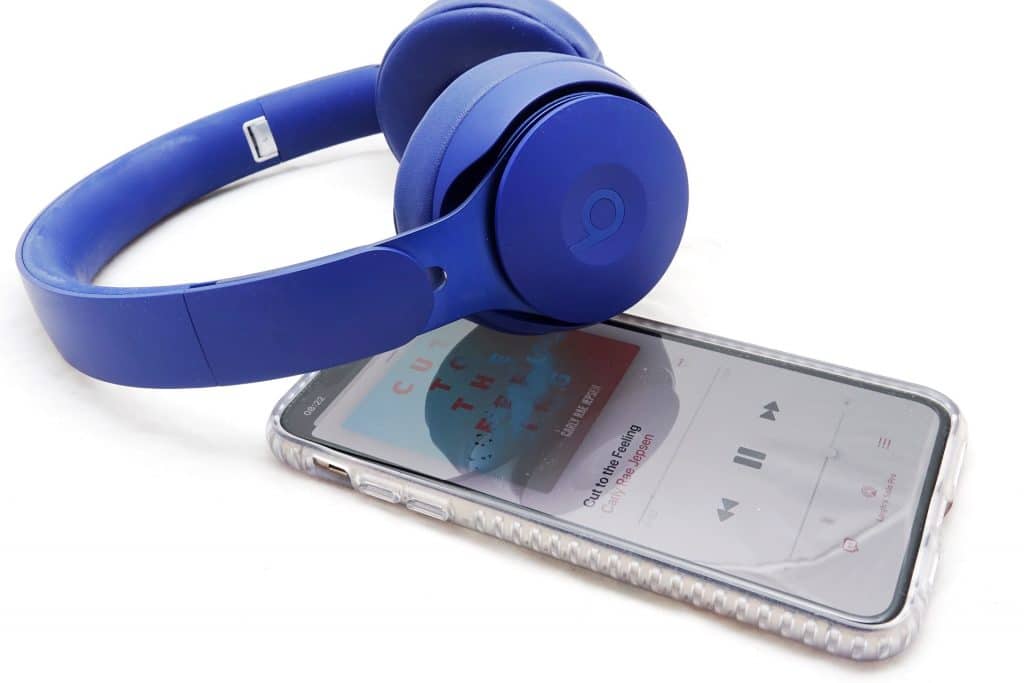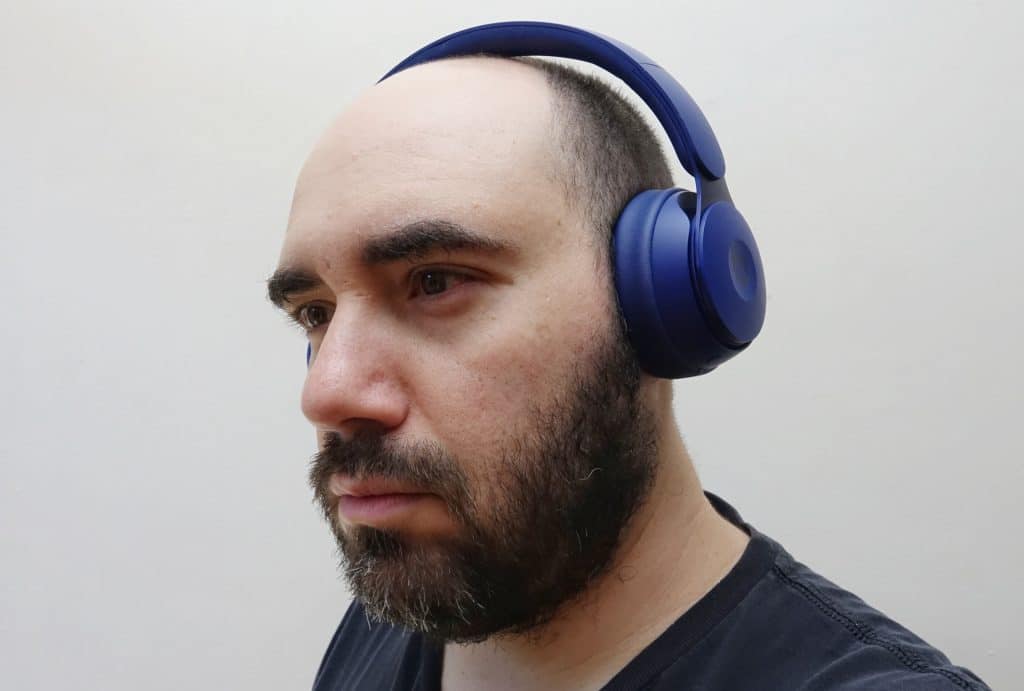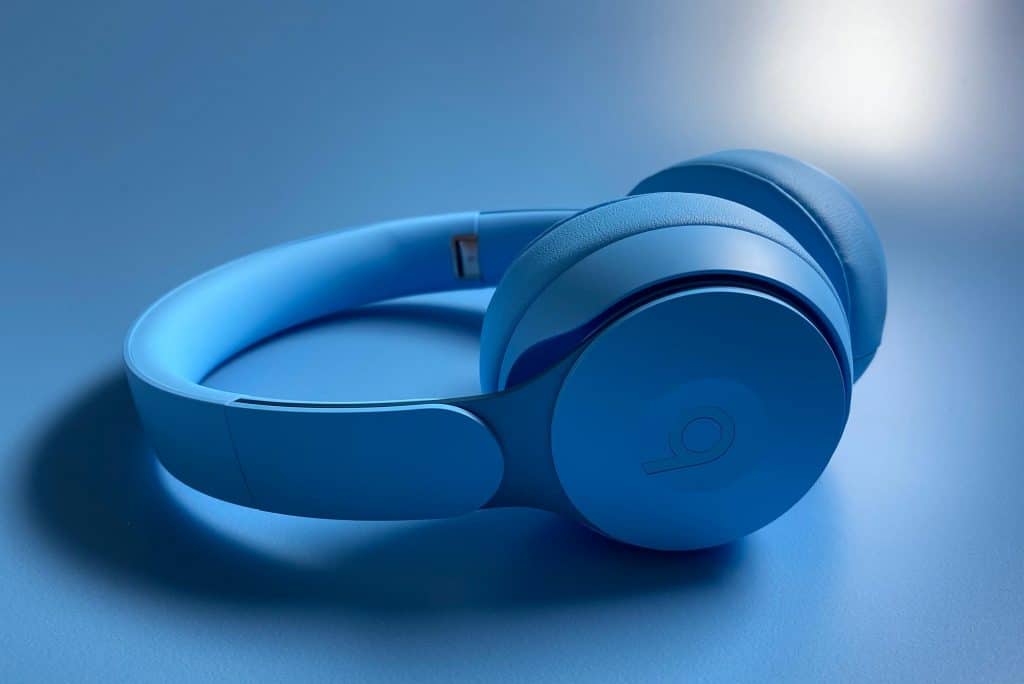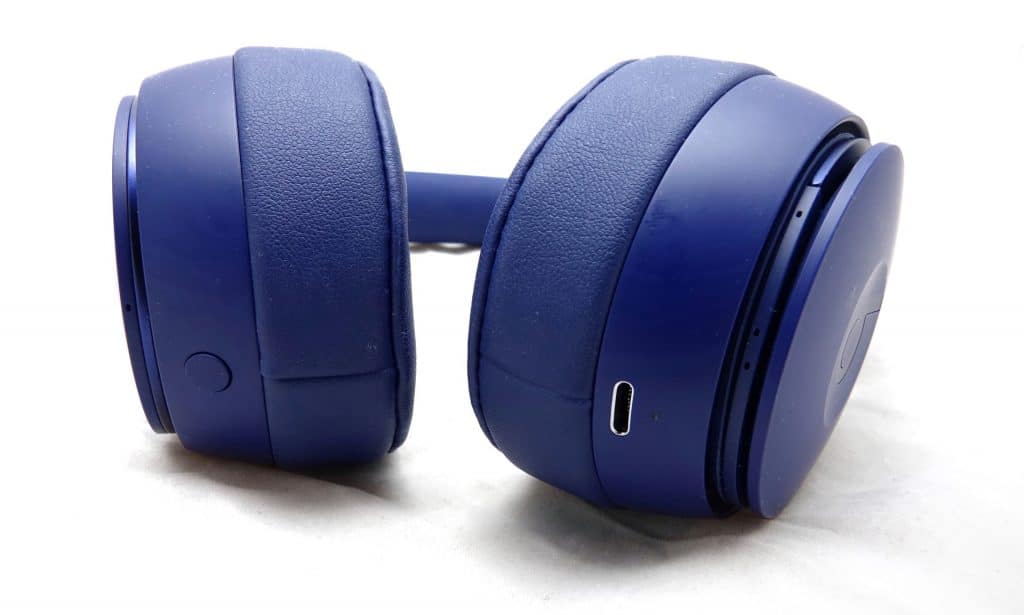Quick review
The good
The not-so-good
The Apple-owned Beats brand is back, and this time the headphone that started it all is going totally wireless and all digital. Is the Beats Solo Pro Beats’ best yet?
One of the biggest brands in headphones hasn’t always hit the mark for sound. Even though Beats used to advertise with “music the way the artist intended”, the result wasn’t always anything close to that. In the beginning, Beats was bassy and mostly just bassy, so it was music the way some artists intended, but hardly the collective feeling of all artists.
A closer approach to being music the way the artist intended isn’t to raise one level over the other, but to achieve balance or something near it. Headphone makers can go one way over another warmer with more mids and bass or brighter with more highs, but aiming for “balance” means that music can be closer to what it was produced as. If the artist intends for a track to have more bass or more treble, they’ll work with an engineering team and producer to deliver it on the track, and so what you hear through a pair of balanced headphones is usually closer to what the artist intended. That meant Beats’ original overly bassy approach was probably only what a handful of artists intended, but not really a coverall.
These days, that slogan is more of a core ideal for the company, but it is something the brand is working to. In 2017, we even started to see it come to fruition.
While Beats got its start in 2013, the release of the Beats Solo 3 actually started to see a more balanced approach to sound, with the noise cancelling Studio 3 pushing that even more. It seemed Beats had been paying attention, and the focus on clearer and more balanced audio has been something we’ve seen rolled out into its products of late.
This year, the Beats Powerbeats Pro delivered a surprisingly solid approach to open audio, and at the end of the year, we’re seeing what Beats can do with one of its longest-running lines, the Solo. The latest model is the Beats Solo Pro, and these take all the work Beats has made to its Solo headphones, but make everything entirely digital and add noise cancellation to the mix. Are they Beats’ best yet and ideal for use about town?
Design and features
We think this might technically be the fifth-generation of the Solo headphones, after a few years of varied releases. To date, there has been a Solo, Solo 2, Solo 3, Solo 3 Wireless, and now the Solo Pro, and it’s a journey that has seen refinements as the brand solidified its approach.
In the Solo Pro, you’ll find a similar design language to other Solo headphones since the Solo 2, but with slight refinements. The plastic-heavy design is still very plastic-based, but also now features an aluminium slider that helps to give the Solo Pro headphones more rigidity and strength. That increases the feeling of durability, and Beats has worked to make the neck band really flexibility, to the point where it can be stretched and twisted, giving you an ideal of just how durable it should be.
Despite that, they’re not water resistant, so we wouldn’t go for a run in the rain in these, as they lack the water rating. Beats makes the Powerbeats Pro for that, and we suspect they’d just point you in that direction if you asked.
However the Solo Pro do feel quite strong, and while we suspect you could break them if you tried, they manage to feel a little better than other cans out on the market.
We’re warming up to the Beats style, too, and while the “b” might not be everyone’s cup of tea, it’s no more brand advertising than wearing a pair of Bose and having it say “Bose” on the side, either. These headphones do look good, and they come in a good selection of colours, with your typical black and beige, but also two blues — a dark and a light — plus a bright red.
Inside, there’s support for Class 1 Bluetooth thanks to the Apple H1 chip, compatible not just with the iPhone, iPad, and macOS, but also with Android devices and Windows PCs, too. Apple’s H1 is typically only included with Apple products, and being that Apple owns Beats, you can imagine why it’s used here.
Beats offers 40mm drivers inside the Solo Pro that have been tuned by the company for its signature sound, and they work in line with an adaptive active noise cancellation system that can monitor the outside world and make adjustments on the fly, something we first saw in the Beats Studio 3 headphones.
They also come with a felt case in the box, which itself is made from recycled plastic, and you fold the headphones up to fit. Even the box is made from recycled paper, giving you an idea that Beats is also focusing on the environment, at least in some way.
In-use
Open up the Beats Solo Pro and the headphones will spring to life, and that’s thanks in part to the ease of use applied to the controls.
Simply put, there is no power button and the headphones are always on, always waiting to be connected. Upon first use, they’ll look to be paired, though if you have a recent iPhone or iPad, they’ll talk to each other easily. Pairing on iOS 13 to Apple’s H1 or W1 based devices is just very easy, while Android usually needs you to go looking for the device.
When the Beats Solo Pro are paired, the controls are fairly simple, with the right cup holding all the power. The main “b” of the Beats logo is for pause and play, and for skipping if you double tap. Meanwhile, volume is triggered by pressing above and below that logo. There’s also a button on the left cup that triggers whether noise cancellation or a transparency (mic open) mode is on. You don’t need to hold it down, and can just press it once to jump between the modes.
Even though we’re always going to long for a more obvious control for skipping tracks — like a button on the left and right so you could tap forward and back to skip tracks — there’s a firm click to everything, and this is still a fairly easy system to use.
Now you just need to open the Beats Solo Pro, throw them on, and listen to some tunes.
Performance
Don the headphones and they’ll switch on immediately, pairing to an iPhone or iPad (or Apple product) because of the Apple H1 chip. If you have an Android phone or you’re repairing, you may need to hold the one button for transparency and noise cancellation down for a few seconds to jump into pairing mode, pairing with Bluetooth.
However once it has been paired, you’ll be ready to listen to sounds, and as always, we’re testing using the Pickr Sound Test, which you can listen to for yourself.
Starting things off, Tycho’s “Glider” is clear and detailed, with strength across all the areas you’d expect — highs, lows, and mids — particularly with a meaty bottom end when a bass drop is punched in. The mids are particularly notable, and with the volume a little past mid-way, the sound is lovely and precise.
It’s a similar feeling across other test tracks, such as Daft Punk’s “Contact” which offers a nicely spaced out display, so much that nothing muddles together and you’re presented with a larger picture than you might otherwise expect from a pair of headphones emblazoned with the “b” that has become synonymous with Dr. Dre’s headphone brand.
Similarly, the bass is obviously there but not overpowering, something you’ll hear in Carly Rae Jepsen’s “Cut to the Feeling”, which storms the mids but just lets the bass do its job, much the same on Ariana Grande’s “Into You”.
Only a few tracks into the Pickr 2019 test playlist, it’s already clear that Beats is closer than ever to building a warm pair of headphones, one focused on a battle led by the mids, and then fought between the highs and lows, which seem to be on fairly even footing.
Softer sounds such as Marvin Gaye’s “Ain’t No Mountain” sound just as well-engineered as they ever were, while the bass doesn’t offer the same impact, yet is still round and crystal as it needs to be. Other tracks where you can expect an overwhelming amount of bass, such as in FKA Twigs’ “Two Weeks” offer an enveloping sound that gives way to the mids in with plenty of detail for the extra sounds and fills.
In rock, the solid focus on tonality and distinction continues with just enough bass, hammering that message that Beats has recanted its once overly-bass-heavy ways.
With Rage Against the Machine’s “Take the Power Back”, the guitar, vocals, drums, and pounding bass line were all distinct, but the latter two didn’t harshly attack the ears. Rather, they were rounded, though it wasn’t the case for all. By comparison, the Deftones’ “Digital Bath” can sound a little empty, with the bass lacking the overdrive the headphones are clearly better at, and coming off a little bright.
Your mileage will vary, of course, because not every track is going to be engineered or mastered the same way, though we definitely found far more hits than misses.
In fact, while the Deftones track didn’t feel quite as strong has it had on other headphones, older and more acoustically minded music cleared our ears rather nicely. David Bowie, Paul Simon, The Who, and The Beatles all fared very well, resulting in a spacious and clear sound that ent far beyond the original overly bassy focus Beats headphones have been known for in the past.
It was particularly interesting when we turned up the sound in some of the sparse tracks, such as Christian McBride’s “Fat Bach and Greens”, which consists of a double bass and a violin: we could hear a little more than we typically did. The sound of the violin playing quickly in the background, the reverberation of the strings just a little more.
The same was true in Ray Brown’s “The Real Blues” live, which delivered a burst of sound not unlike being in the same room and a clarity deserving of artist’s attention. Bundled in with the adaptive noise cancellation, the track had a clear soundstage to work with, allowing you to focus entirely on the music.
Interestingly, we’re hearing the sort of detail you don’t always expect from a pair of headphones, and it’s close to the detail on offer from larger styles of cans. Remarkably, these are on-ear headphones and they’re not far from the sound of circumaural, enveloping you more than you may expect.
Alongside that solid performance is a solid dose of noise cancellation, and for that you get what appeared in the Studio 3: adaptive technology.
Granted, it’s the form of adaptive technology where you kind of have to take it at Beats’ word, and can’t force it along yourself like you can with Sony. In the world of the Sony adaptive noise cancellation headphones, you basically trigger them to adapt as and when you need to. In the Beats Solo Pro (and the Studio 3), it happens in the background.
So does it work?
Well for the most part, yes, and quite well. Noise cancellation on the Beats Solo Pro does exactly what it does on the Studio 3, and that shouldn’t be surprising since it’s the same system. That means you can walk around and find the background noise is cancelled out.
Beats told Pickr that the process for its adaptive noise cancellation looked at the waveform of what you were listening to while picking up the outside world, which means everything is happening on a digital level and works to what you’re listening to.
There are points where some of the outside will bleed through, and wind is definitely not an area the Beats Solo Pro handles well. While some headphones, such as Sony’s WH-1000XM3 and WF-1000XM3 offer wind reduction using the app (and basically just turns the noise cancelling microphones off), the Solo Pro headphones don’t adapt to win, merely sending that noise through to your soundscape.
However there is one area the Beats Solo Pro headphones nail over every other pair of headphones we’ve heard prior: transparency mode.
Also called “ambient modes”, these aren’t just limited to noise cancelling headphones, and typically switch on the mics so you can listen to the outside world while you’re still wearing the headphones. They work quite well across most brands, but Beats has gone and done something a little different, not just turning on its mics, but keeping the volume down in a way that is quite real.
Typically, transparency modes raise the volume, almost as if the microphones were amplifying the sound too much. Beats hasn’t taken that approach in the Solo Pro, and so the sound you get from its transparency mode is staggeringly real, and means you don’t have to risk blowing out your hearing at all, and can just listen to people talking to you or playing announcements if you so choose.
We’d call that a feature worth paying attention to, though we wouldn’t wear the Beats Solo Pro intentionally to talk to your friends. That would just be rude.
Battery
With strong performance, you’ll find fairly solid battery life alongside, even if it isn’t groundbreaking.
Leave noise cancellation active — and frankly, we’re not sure why you would turn it off — and you’ll see battery life around 20 hours, or just a little more. There’s no auto-pausing, so if you take your headphones down, they’ll keep playing, not conserve battery power.
If you value battery life above all, switch noise cancellation off and watch the battery life rise, closer to the 40 hour mark.
That point is pretty impressive, but we suspect you’d be hard pressed finding anyone that wants to sacrifice one of the main reasons to use the Solo Pro wireless headphones in the first place.
Seriously, leave the active noise cancellation switched on and you’ll find a little over 20 hours should be more than acceptable. For most people, that should be more than plenty.
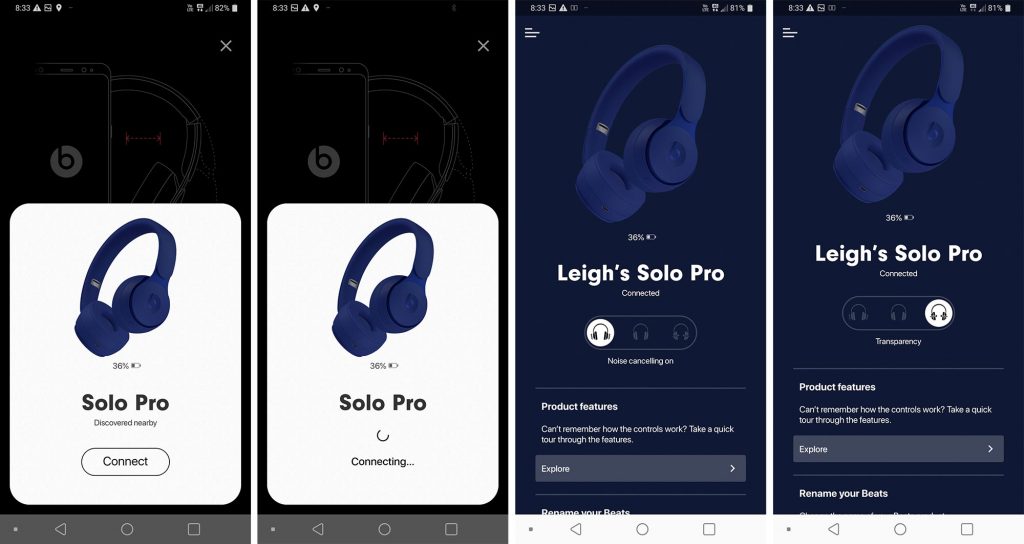
Value
While Beats has made serious improvements, we’re a little on the fence for the price, which is higher than quite a few other headphones out there.
In terms of value, the headphone technology is up there, and Beats has made efforts to make its gear more usable on devices other than iOS, so that’s at least something. Value is actually not awful here, though it feels like it could be just that little better.
There doesn’t need to be a price difference between on-ear headphones (supra-aural) and around-the-ear (circumaural) headphones, and yet at $429.95, the Beats Solo Pro are still fairly pricey on-ear headphones. It’s not a major pricing issue for Beats, which has typically attracted higher price tags — part of the fun of being a premium and fashionable brand, we suspect — but just worth being aware of. Plus the street price of Beats gear is often very close to the recommended retail price, so you may not expect the Beats Solo Pro to drop from its $400 price tag for at least another year or so.
What needs work?
The Beats Solo 3 were already on the right track, and the Solo Pro pushes that track to a new record, with some of the best balance from a pair of Beats yet.
But it’s not all perfect and rosy in the garden of Beats, with a few points worth noting. The tight fit is one of them, and while we suspect this will loosen slightly over time and wear in, the fit is particularly heavy, even to folks who have used heavy gauge headphone bands in the past.
You do get used to it, and we found that wearing the headphones over time started to wear in and become more comfortable, but in the first few days, don’t expect the Solo Pro headphones to exude comfort.
There’s also the matter of the ports, or “port” in this case, because there is only one now, and it’s not your typical headphone port. In the Solo Pro, Beats has gone with Apple’s Lightning port instead of the more widely accepted international standard of Type C USB.
Before the Solo Pro, Beats used microUSB on its Solo headphones, which was the older standard. Now in the era of Type C USB as the standard, it’s a little surprising to see Beats use what is primarily a port for the iPhone.
Sure, Lightning is used on the AirPods, AirPods Pro, and Beats’ other 2019 release, the Powerbeats Pro, but with Type C the port of choice on phones, computers, headphones, video game systems, cameras, and speakers, we’re a little surprised to see Lightning used as the main port. In many ways, it feels like a bit of a double-down on Lightning for the Apple-owned Beats, and a suggestion that we’ll keep seeing Lightning in the iPhone for at least a year more, or until the next Solo headphones are released, maybe in 2021.
That Lightning port is also the only port on the Beats Solo Pro, making them a totally digital pair of headphones, but one that doesn’t come with a standard headphone cable. No headphone cable means no way to plug in if you have to go wired, though you can buy an optional Lightning to 3.5mm cable from Beats. Bizarrely, you can’t just go Lightning to Lightning, from Beats Solo Pro to iPhone, and will have to go through that 3.5mm converter your phone hopefully came with.
Final thoughts (TLDR)
While there is at least one or two questionable choices with the Beats Solo Pro, these headphones are a delightful turnaround for a company that once touted sound the way the artist intended, and delivered a result far from it.
Now in 2019, Beats is hitting that target, and artists should be more delighted with what’s on offer. To Beats’ credit, it was already getting close, but now the quality is up to where it should be, and you may end up hearing parts of the file you’ve never heard before thanks to that focus on high-end sound.
Questionable port choices and tight fit issues aside, the Beats Solo Pro is one of the better pairs of headphones we’ve seen this year, and helps the company continue along this path of being just more than a brand for modern music, but one for all. Rock, pop, soul, hip-hop, jazz, classical; the Beats Solo Pro can nail any type of music, and that’s what they should have been from the beginning.
They’ve also been refined to look a little better while also coming across more durable, something you can feel in that fit, which seems like it should be loosened a little, though that could come with time.
For now, if you’re after walkaround wireless sound that stands out, you’ll find them in them in the Beats Solo Pro. Recommended.
